 by Jennifer Jones
by Jennifer Jones
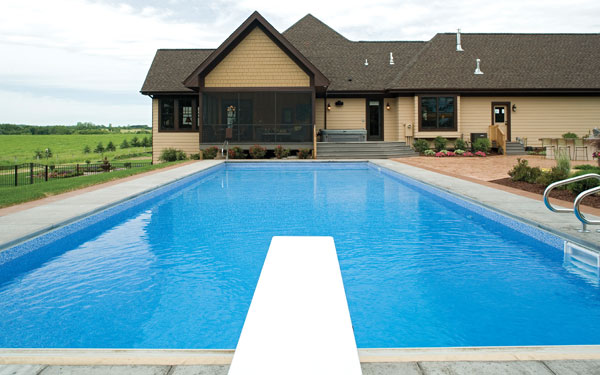
View This House Plan
View Other Luxury House Plans
Part of having a pool is preparing it for the many months it will not be in use, and as summer is coming to a close it is time to begin the “pool closing” process. Whether you are closing it when the children go back to school or waiting until after Labor Day, make sure to give yourself enough time to treat the water and examine the pool equipment.
Here are some necessary steps you must take in order to “winterize” your in-ground swimming pool:
1. Clean Water: Make sure to thoroughly vacuum your pool or spa and dispose of all the waste.
2. Water Treatment: You must balance your water chemistry. The pH, total alkalinity and calcium hardness all need to be balanced. This prevents the surface of the pool from staining and etching. A winterizing chemical kit is also recommended. The winterizing chemicals prevent the water from becoming corrosive when the temperature drops. The winterizing chemicals are added before draining the pool or prior to laying the pool cover on.
3. Lower Water Level: The water level needs to be below the mouth of the pool’s skimmers. The skimmers are where the pool draws debris and traps it. The exact amount you take out also depends on the type of cover you have. Make sure to check the directions of your specific cover.
4. Plumbing: You must blow out all the water from your plumbing lines or the water will freeze in there as the temperature drops. The best way to blow out the plumbing is to use an air compressor or a shop vacuum on reverse flow.
5. Valves: Drain the valves fully and then seal any valves that are below water level. The best seal for valves below water level is electric heating tape.
6. Pool Accessories and Equipment: Store all ladders, diving boards and handrails in a cool, dry place after you have thoroughly cleaned them. Take all the lights out of the pool if they have less than eighteen inches of water above them. Store them in a safe place for next year.
7. Motor: If you live in a very cold, northern climate it is a good idea to remove the motor and store it in a warm, dry place.
8. Filters: You must drain all the water from your filter equipment. The filter should have a plug at the bottom of the pool that will drain it. Remove the drain plug and open the air relief on the top of the filter. Next, be sure to switch the multiport valve in the closed or “winter” position. Leave the drain plugs out.
9. Cover: Lastly, cover the pool securely and tightly from debris until next spring.
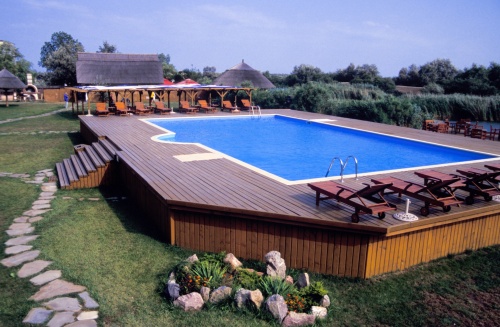
Here are the necessary steps you must take to “winterize” your above ground swimming pool:
1. Treat the Water: Just like the in-ground swimming pool, the above ground pool needs a chemical treatment. Periodically check the pH and sanitizer level before it freezes and make sure they are balanced.
2. Lower Water Level: As with the in-ground pools, lower the level of the water below any inlets.
3. Skimmer Treatment: Removing the skimmer is a must. If they freeze they are irreparable. Depending on the type of above ground pool you have, removing the skimmer can differ. There are three common skimmer treatments. It might just be you need to remove the return hose from the skimmer. Some pools have a through-the-wall skimmer. You would drain that and detach the suction line at the bottom of the pool. Other pools have the skimmer that floats in the pool. Remove that and store for next year.
4. Filter Treatment: If your above ground pool has a cartridge filter, remove and chemically clean it. It is important that you allow it to completely dry before you store it. This extends the life of the cartridge. Make sure to store it in a dry space as well.
5. Cover: Finally, cover the pool to keep debris and sunlight from entering the pool. This will prevent algae growth.
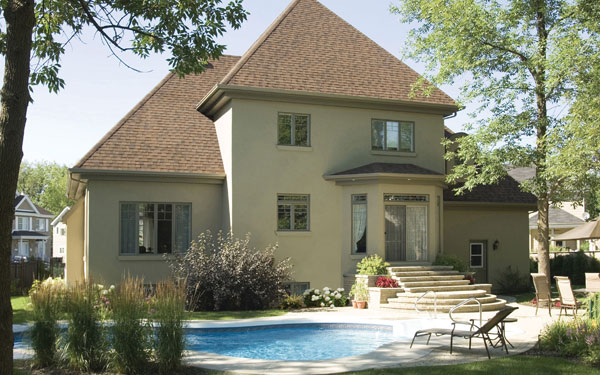
View This House Plan
View Other European House Plans
They say the best time to close up a pool (whether above ground or in-ground) is when the weather drops to 60 degrees or less. That usually occurs around September. Whether you are closing it in September or now that the kids have gone back to school, make sure to allow plenty of time to do each of the steps discussed above. This will reduce the amount of work you have to do next spring to get the pool back up and running.
Below are some beautiful photographs of homes with swimming pools, great for getting design ideas too!
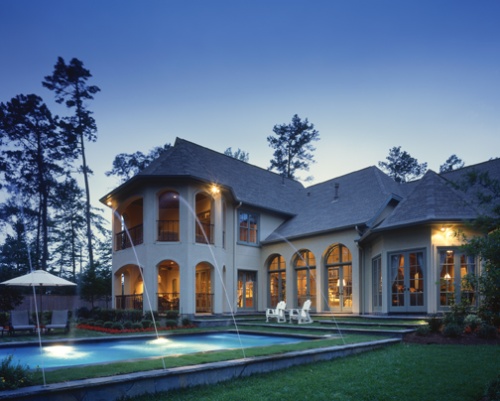
View this House Plan
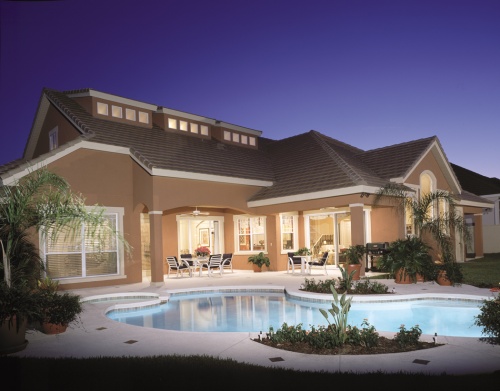
View this House Plan

View this House Plan
House Plans and More has over 17,000 house plans and project plans to choose from in a variety of styles and sizes. Start searching for your dream home now.
Here are some related articles:
Save this article to:
back to top